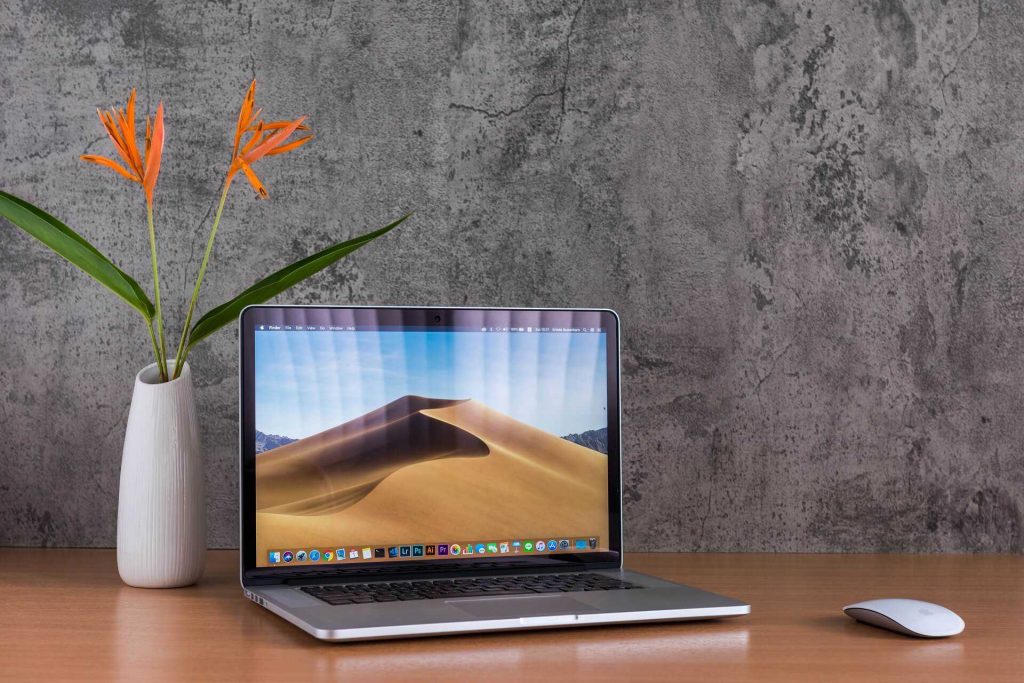
How to Get Rid of Lines on MacBook screen
Are you dealing with the MacBook flickering horizontal lines? Well, we know Apple gadgets are usually the best but they aren’t perfect and flawless. Each time the company experiments with the design and system, some things turn out excellent whereas others not-so-great.
Users have shown their ultimate dislike on many forums against many additions and changes till now. The Butterfly keyboard and Touchbar are two prominent design examples that were put under fire. But, that’s not it. The famous ”Flexgate” issue caused quite an uproar among the users. And why not? Afterall, the Macs are so expensive.
It turned out that the flex cable’s placement and short length were creating several display backlight issues like a strobing screen or blank display. Though Apple fixed the issue in the later notebooks and started a repair program later to resolve this problem, people are still found asking questions about screen flickering issues.
Now, when we talk about strobing horizontal or vertical lines on MacBooks, the cause is entirely different. Thanks to another design issue caused by the placement of the T-CON board near the heatsink, the overheating problem heats up the board. This ultimately causes the T-CON board to malfunction, affecting the laptop screen.
How to deal with the issue?
The flickering grey, green, pink, or black lines occur on the screen when the laptop gets heated up. If the T-CON board gets boiled up completely, it could make the display fully non-usable. So, how to deal with this? Well, in the worst-case scenario you’d have to get the entire screen assembly replaced.
But, if you’re somewhere at an early stage where the situation hasn’t become so dire and there aren’t many symptoms, you better get a cooling system in place to keep the MacBook cool. Taking a number of precautions can help.
- Do not block the air vents by keeping the laptop on a soft surface like a bed, blanket, pillow, or lap.
- Clean out the air vents regularly so that no dust, grime, or gunk gets into the fans, blocking the airflow.
- Avoid carrying out intense tasks like Photoshop, video editing, programming, or gaming. These heavy applications can put an extreme load on the CPU and GPU leading the T-CON board to heat up.
- You could download the TG Pro app that’ll monitor the thermals and use it to control the fans’ speed, making them run faster to cool down the internals.
- You can take help from your nearby repair shop. Good repair shops house expert technicians who offer various PC/laptop maintenance packages. So, you can get MacBook checkups and cleaning of the internals.
- Be mindful of the room temperature in which you keep the notebook. An AC room in summer would be beneficial in preventing overheating. You could use a laptop cooling pad too.
- You may also turn off the laptop for a few hours to let it cool if it gets overheated.
FAQs
Could this issue recur after I get a new display?
Unfortunately yes, the issue could recur even after getting a new display. That’s why it’s important that you take every precaution to avoid damage.
Can I change the T-CON board without getting a new display?
Replacing the T-CON board isn’t impossible but the repair itself is extremely complicated and poses a high risk. Another problem is getting the part. T-CON boards aren’t sold separately in the market. You could look for a used part but there would be no guarantee of how it will perform. So, in conclusion, you’d need a complete display replacement.
Final Thoughts:
The horizontal and vertical lines on the MacBook screen are alarming issues for the users. And it’s pretty upsetting to invest in a MacBook only to deal with such a problem. However, Apple hasn’t made any statement about declaring the issue a design fallacy. So, in any case, your best shot is a reputable repair shop that can help you with the matter. You can first connect a spare monitor via the HDMI cable to the laptop and ensure if that monitor gets the weird lines or not. In either case, you’ll need professional help but that’ll at least explain if the logic board needs repair or the entire display requires replacement.

